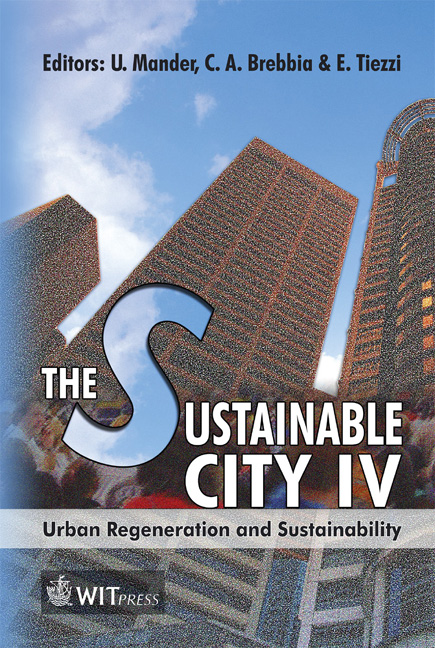The Ecological Footprint Of Building Construction
Price
Free (open access)
Transaction
Volume
93
Pages
12
Published
2006
Size
361 kb
Paper DOI
10.2495/SC060331
Copyright
WIT Press
Author(s)
S. Bastianoni, A. Galli, V. Niccolucci & R. M. Pulselli
Abstract
The aim of this paper is to evaluate the environmental pressure generated by the construction of two types of building, through the application of ecological footprint analysis. The appraisal of the impact of human settlement on the environment is of great concern and environmentally-friendly buildings are actually required. By considering the embodied energy of building materials and the \“land area” required to sustain their assembly line, a comparison between the ecological footprint of two typical buildings in the context of Italy is presented. Finally, it is shown that the ecological footprint of building construction can be reduced by using environmentally-inexpensive materials, renewable energy resources and by optimizing bioproductive land use through the construction of multi-storeyed buildings. Keywords: ecological footprint, embodied energy, sustainable urban planning, sustainable building construction. 1 Introduction The current development of urban areas underlines the importance of focusing on cities, buildings and their importance for the human economy. It is also important to consider the consequences of urban area spreading on ecosystem health. Considering people’s tendency to live in urban areas, cities are becoming focal points for human life but unfortunately, they are not sustainable. They are cross-roads of most material and energy flows and, at the same time, they contribute to natural capital depletion. Some concepts from evolutionary thermodynamics could be extended to the city in order to investigate its behaviour with a holistic approach. Each city can
Keywords
ecological footprint, embodied energy, sustainable urban planning, sustainable building construction.





